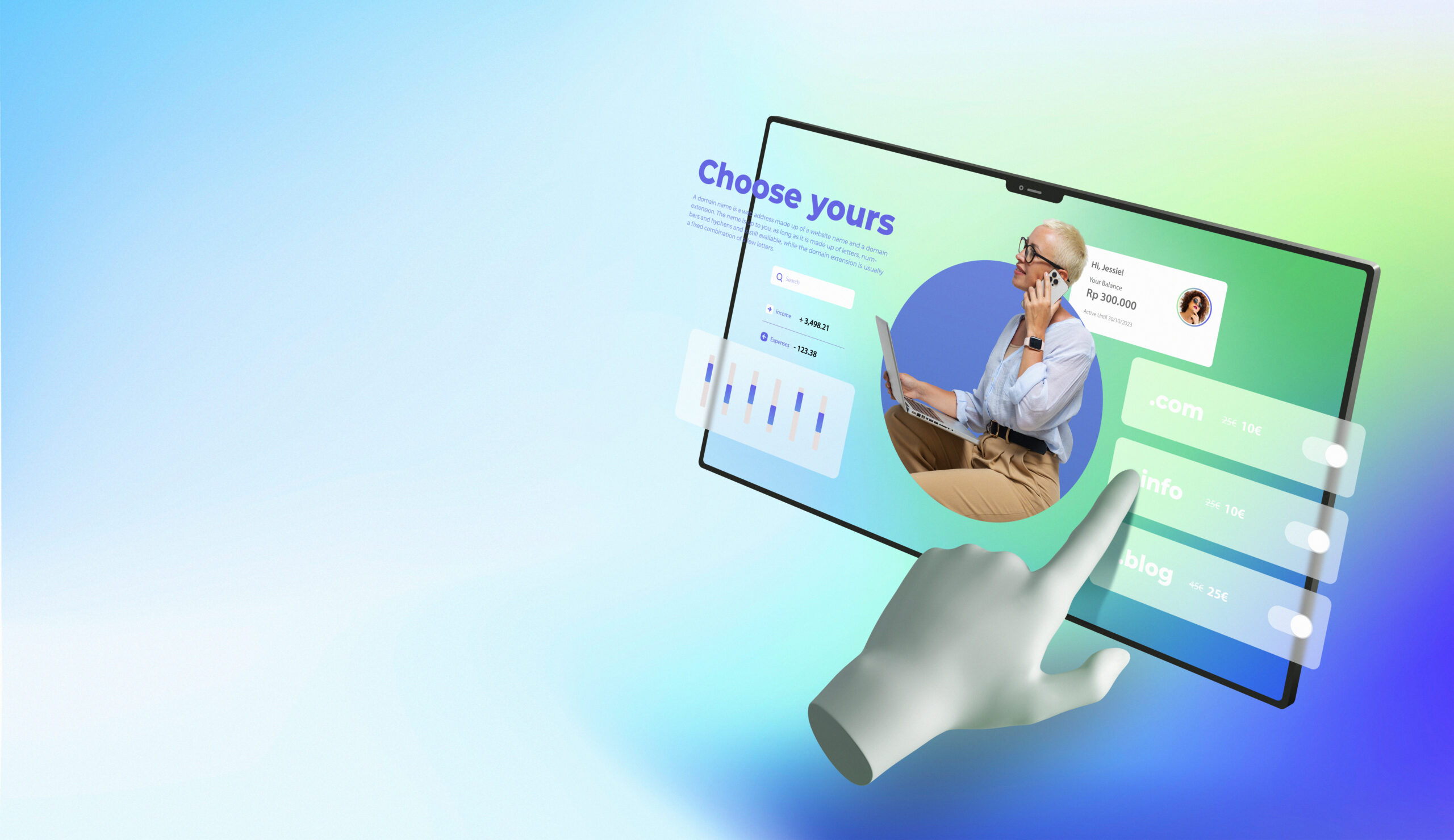In the bustling realm of e-commerce, setting up a compelling online store is no small feat. You want a platform that is both robust and user-friendly. And that’s where Shopify shines. As an entrepreneur, you’re not just looking to showcase your products. You’re seeking to transform website visitors into loyal customers. But how exactly does one ensure that their Shopify website design is prime for conversions? Let’s dive deep.
Ready to elevate your experience? Let our expert E-commerce team assist you!
Understanding Your Audience
Before you start with any design elements, it’s pivotal to understand your audience. This doesn’t merely refer to demographics. Think about their needs, preferences, and the problems your product solves for them. Every aspect of your Shopify store, from the color schemes to the checkout process, should resonate with this target audience. Keep them in mind at every design stage.
Maintain a Clean Layout
A cluttered website can be overwhelming. It’s essential that your Shopify store has a clean layout, with ample white space, to make browsing easy for your visitors. This approach not only looks professional but also ensures that your products are the stars of the show. Remember, simplicity often leads to better user experiences.
Become a true expert! Our additional read on this topic has got you covered: Using SEO To Increase Organic Traffic To Your Shopify Store.
High-Quality Product Images
Never underestimate the power of visuals in e-commerce. The more lifelike your product looks on screen, the easier it is for customers to imagine owning it. Investing in high-quality product images for your Shopify store can greatly impact conversions. Pair these images with crisp product descriptions, and you’ve got a winning combination.
Mobile Optimization
In today’s digital age, many shoppers make purchases using their mobile devices. Your Shopify website design must cater to these mobile shoppers. This means ensuring that pages load quickly, buttons are easily clickable, and the overall experience remains seamless across devices. Mobile optimization is not just a design trend; it’s a necessity.
Streamlined Checkout Process
You’ve successfully attracted a visitor to your Shopify store, showcased your products attractively, and now they’re ready to make a purchase. The last thing you’d want is for them to abandon their cart due to a complicated checkout process. Make sure your checkout is as streamlined and intuitive as possible. Remove any unnecessary steps and offer multiple payment options.
Intuitive Navigation
Your visitors should find what they’re looking for effortlessly. Group similar products together, utilize clear product categories, and always have a search function. A well-organized Shopify site is not only user-friendly but also aids in higher conversions by reducing frustration and abandoned carts.
Encourage Reviews and Testimonials
Social proof is incredibly powerful. Encourage your satisfied customers to leave reviews and testimonials on your Shopify store. Prospective buyers often trust the word of previous buyers. Displaying these positive reviews prominently can boost your store’s credibility and increase trust, leading to higher conversions.
Regularly Update Content
Your Shopify store should not remain static. Regularly updating your content, whether it’s new product launches, blogs, or user testimonials, keeps your site fresh and engaging. Additionally, this constant updating can enhance SEO, making your store more visible to potential customers.
Opt for Effective Call-to-Action (CTA) Buttons
A compelling CTA button can make a world of difference. Whether it’s “Add to Cart,” “Learn More,” or “Subscribe Now,” ensure these buttons are prominent and compelling. Their design, color, and placement on your Shopify site can greatly influence your conversion rate.
Incorporate Analytics
Lastly, always keep an eye on your site’s performance. Integrate analytics tools into your Shopify store. This not only helps identify which design elements are working but also points out areas of improvement. Data-driven decisions often lead to better design choices and, ultimately, better conversions.
Conclusion
Designing a Shopify website is all about balance. You need the right mix of looks, ease of use, and smooth experience. First, get to know your audience. Then, make your site mobile-friendly. Next, use clear and attractive visuals. Also, simplify the buying process. Your store should always change and grow. And there’s always room to do things better. The main thing? Always think about your visitors. Check how your site’s doing often. And don’t be afraid to make changes. Here’s to a successful Shopify store that really sells!


